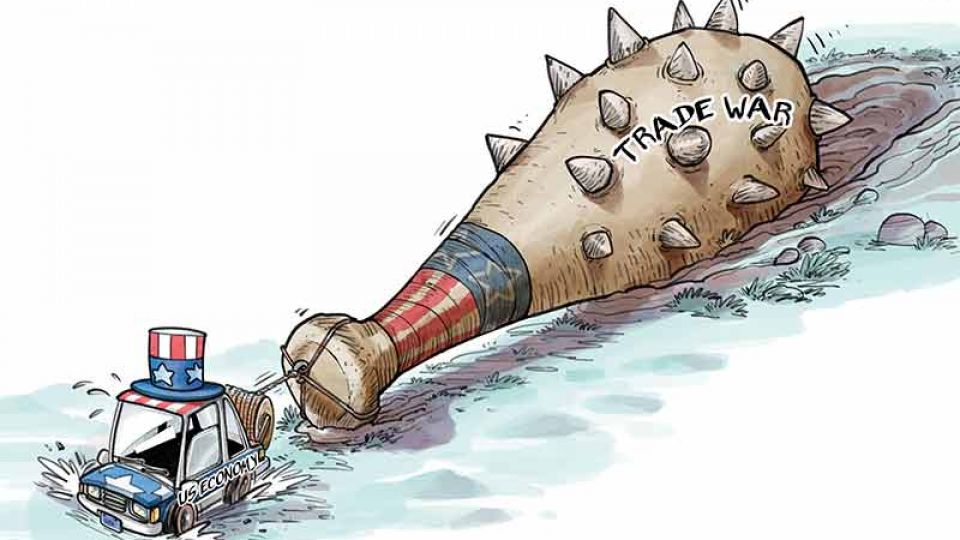November 8, 2018
China has kicked off the country’s first ever international import expo in Shanghai, an event designed to boost China’s image as a market to the world.
President Xi Jinping, in his opening remarks, said that the Shanghai expo isn’t simply an trade fair, rather it should be viewed as a “major policy for China to push for a new round of high-level opening-up and a major measure for China to take the initiative to open its market to the world.”
The Import Expo was not initially designed as an answer to the trade war with the United States—the expo was first announced more than a year ago in May of 2017, long before the first shots of the trade war were fired—but in a way that’s what it has become.
President Xi’s remarks were peppered throughout with thinly veiled criticism of President Trump’s America First, protectionist, and isolationist policies.
“Economic globalization is an irreversible historical trend and provides strong momentum for the world economic development,” Xi said, adding that “all countries should be committed to opening-up and oppose protectionism and unilateralism in a clear-cut stand.”
But the economic news out of China as the expo launched wasn’t completely rosy. A private survey released Monday has found that a gauge of growth in China’s services industries dipped to its lowest level in 13 months in October, calling into question Beijing’s ability to stabilize its economy in the face of the ongoing trade dispute with the United States.
The Caixin China General Services Business Activity Index dropped to 50.8 in October from September’s 53.1—the larger the figure above 50, the faster the expansion, the further below 50, the greater the dip—marking the lowest level since September 2017 in a sector that accounts for nearly 50 percent of the country’s economy.
China isn’t the only country feeling the impact of the skirmishes between the world’s largest economies. Last week, Korean markets were in “free fall,” sliding to a new 2018 low.
Governments across Asia are preparing their contingency plans to weather the economic storm the trade standoff—if it continues—will cause with some ramping up trade agreements, and others looking for opportunities to exploit the dispute for their own gains.
Recently, however, the world saw first real glimmer of hope that the trade tensions may be cooling off. One commentator from the China Daily called a phone conversation last week held between Donald Trump and Chinese President Xi Jinping “ the most positive signal in the past months.” Trump himself described the call as “very good”.
And, perhaps an even better sign that an end of the trade war may be in sight came from Chinese Vice-President Wang Qishan himself in his keynote speech at the first Bloomberg New Economy Forum in Singapore on Tuesday morning. Like Xi, Wang also called for greater global openness, but also emphasized that both the US and Chinese economies have more to gain from cooperation than they do from confrontation.
“China will stay calm and sober-minded and embrace greater openness. Both China and the US would love to see greater trade and cooperation. We’re ready to discuss and work for a solution on trade that is acceptable to both sides,” he said.
Moving forward, analysts and regional government officials will be watching out for a potential meeting between Xi and Trump at end of November in Argentina on the sidelines of the G20 leaders’ summit. The results of that meeting, and if the meeting happens at all, will signal changes in this fraught relationship, for better, or for worse.


